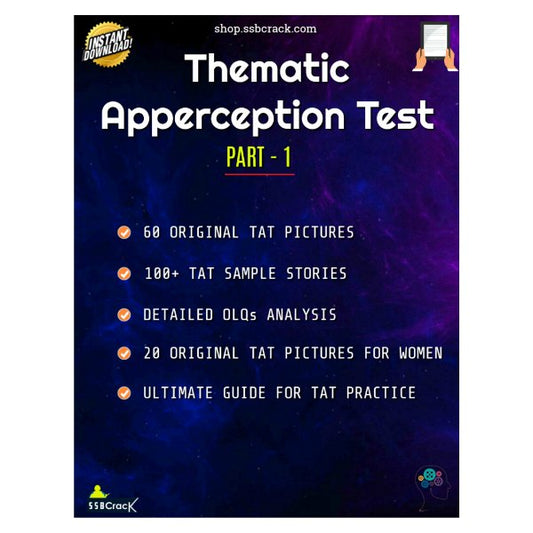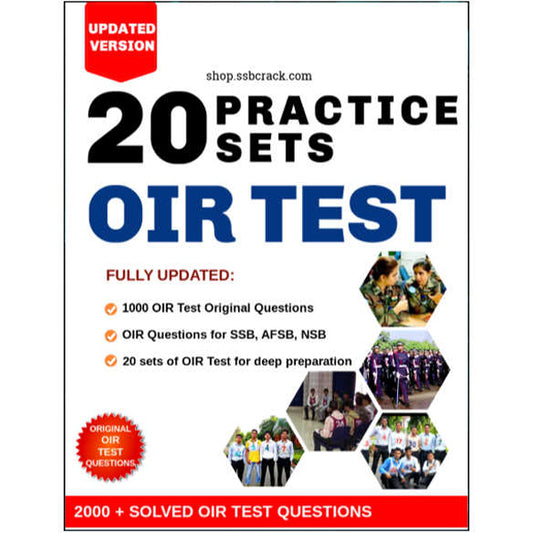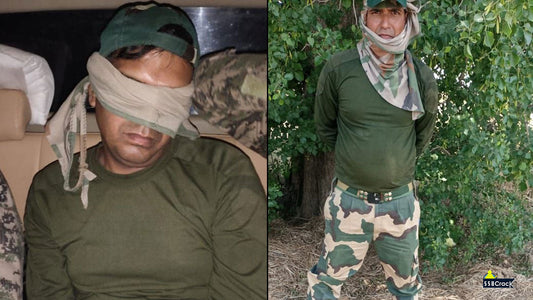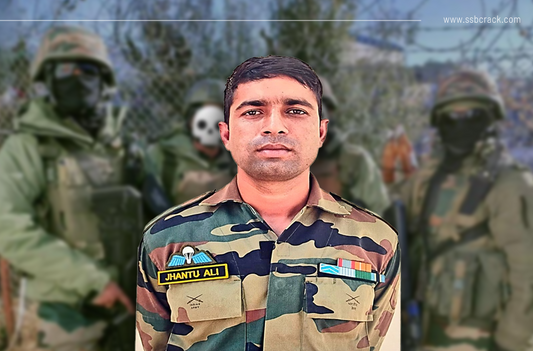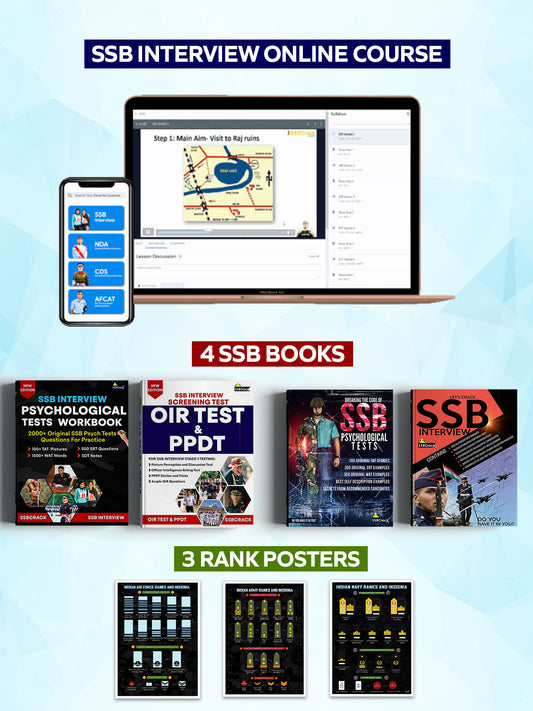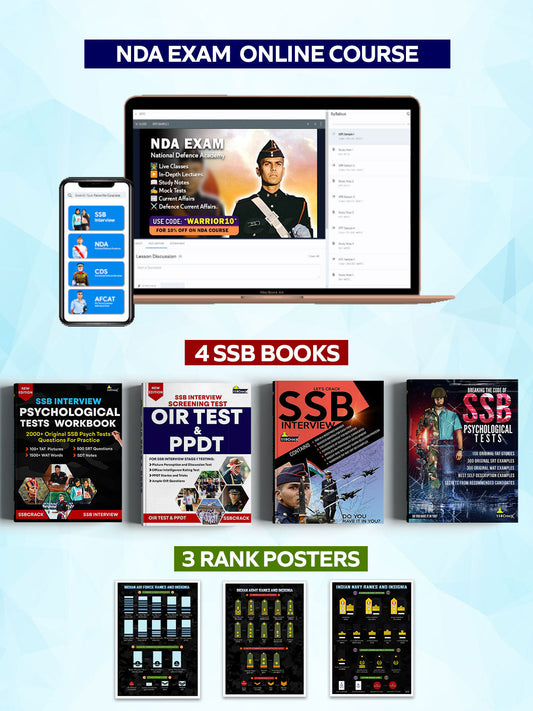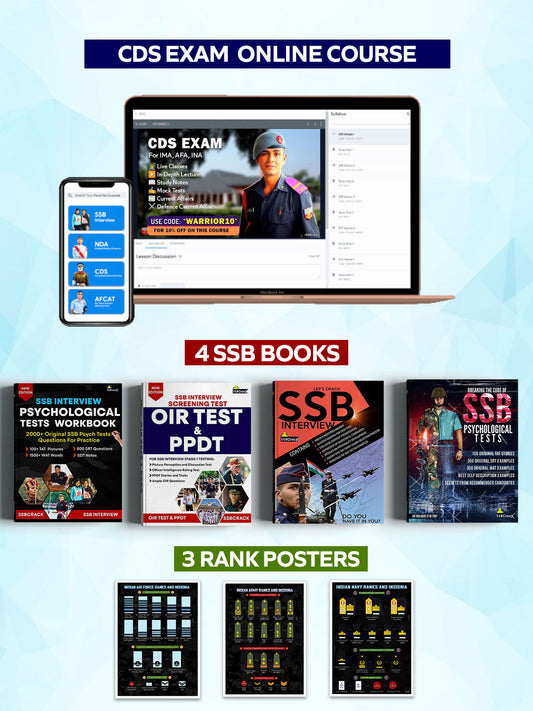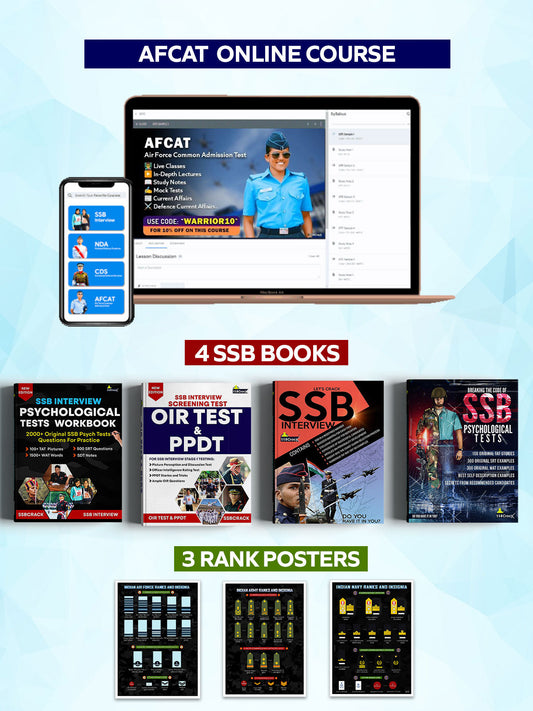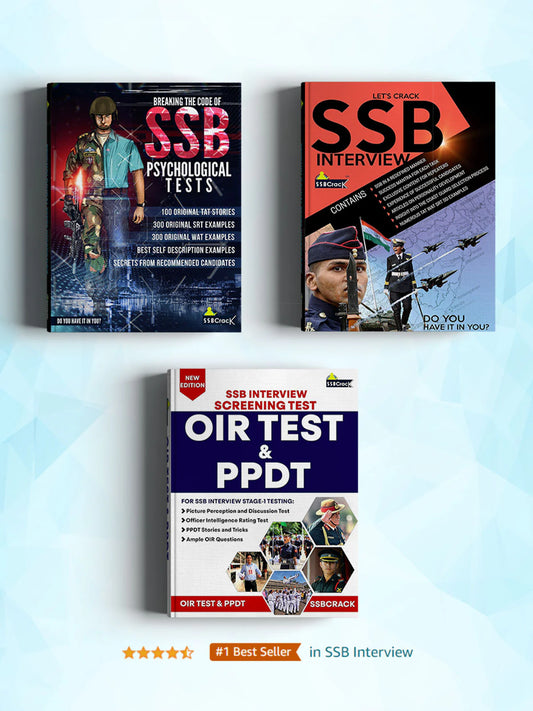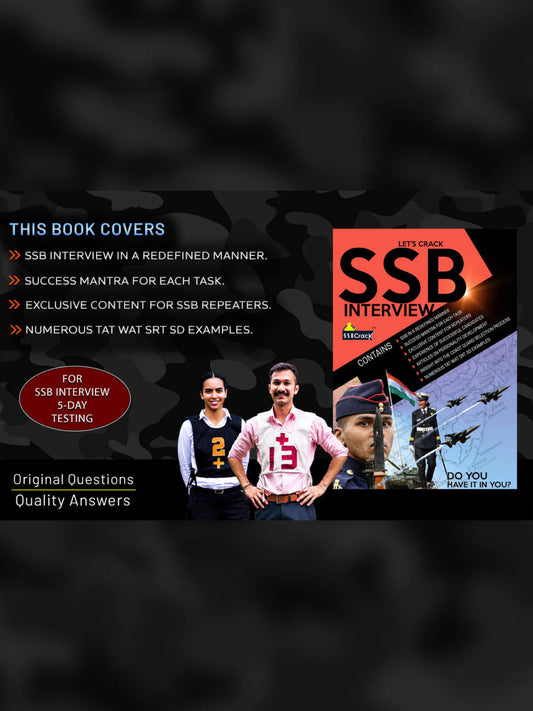How to Become a Commanding Officer (CO) in the Indian Army?
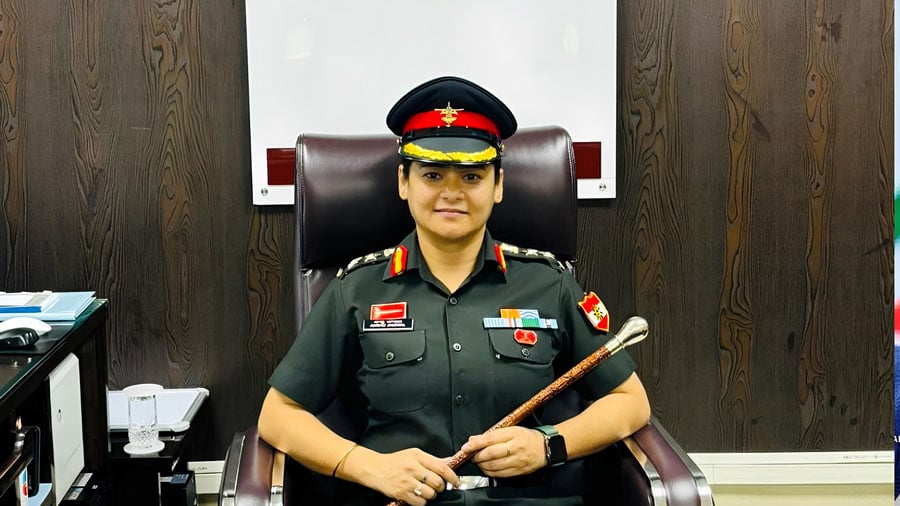
Becoming a Commanding Officer (CO) in the Indian Army represents one of the highest achievements in a military career, reflecting years of dedication, leadership, and service. The role of a CO is pivotal, encompassing responsibilities that require an individual to demonstrate exemplary leadership, strategic acumen, and unwavering commitment to both personnel and military objectives. As a CO, one is tasked with not just managing operations but inspiring the troops and instilling a sense of purpose within the unit. This comprehensive guide outlines everything you need to know about embarking on this esteemed career path, including educational requirements, the importance of physical fitness, leadership expectations, and the career trajectory that leads to this significant role.
Indian Military Academy IMA Coffee Mug
Rs. 699.00
Sale price
Rs. 499.00
NDA Service Before Self Coffee Mug
Rs. 699.00
Sale price
Rs. 499.00
Officers Training Academy OTA Chennai Coffee Mug
Rs. 699.00
Sale price
Rs. 499.00
Indian Naval Academy INA Ezhimala Coffee Mug
Rs. 699.00
Sale price
Rs. 499.00
Historical Context
Understanding the historical evolution of military leadership in India offers valuable insights into the today's role of the Commanding Officer. Historically significant events, such as the two World Wars and the Indo-Pak wars, highlighted the necessity for proficient leadership in the armed forces. Commanders who could inspire troops in the face of adversity emerged not only as leaders but also as national heroes. With the establishment of the Indian Army post-independence, the framework for officer training evolved, instilling principles of duty, integrity, and commitment that continue to define the role of commanding officers today.
Also Read: How To Become A Lieutenant In The Indian Army?
The landscape of military leadership has also changed significantly with the introduction of various reforms and policies aimed at enhancing the professional qualifications of officers. These ongoing changes underscore the critical nature of leadership and strategy, where commanding officers are seen as the backbone of military operations, ensuring effectiveness in both peacetime and wartime scenarios.
SSB Interview Books Power Pack: 4 Must Read Books for Defence Aspirants
Rs. 1,760.00
Sale price
Rs. 1,399.00
Let's Crack SSB Interview Book [Paperback]
Rs. 390.00
Sale price
Rs. 360.00
Breaking The Code of SSB Psychological Tests [Paperback]
Rs. 390.00
Sale price
Rs. 360.00
OIR Test & PPDT - SSB Interview Screening Test - Stage 1 Testing [Paperback]
Rs. 490.00
Sale price
Rs. 375.00
Educational Qualifications
To meet the demands of the role of a Commanding Officer, candidates must possess a solid educational foundation. Here are the educational requirements that aspiring officers need to fulfill:
- Bachelor’s Degree: The Indian Army mandates that all candidates must hold a bachelor’s degree from a recognized university. This academic background provides the necessary analytical skills and critical thinking abilities essential for decision-making in complex scenarios.
- Military Training: This academic foundation is complemented by rigorous military training, typically obtained from institutions like the Indian Military Academy (IMA) in Dehradun or the Officers’ Training Academy (OTA) in Chennai. These institutions offer a blend of theoretical knowledge and practical military skills that are crucial for effective leadership.
- Continuous Learning: Aspiring Commanding Officers are encouraged to engage in continuous professional development through specialized courses aimed at enhancing leadership capabilities and operational effectiveness. Courses provided at staff colleges and training camps further enrich the learning experience.
Age and Service Requirements
The journey to becoming a Commanding Officer is a lengthy one, characterized by a commitment to service, which includes:
- Minimum Service Duration: An officer aspiring to become a CO typically requires a minimum of 15 years of commissioned service. Most officers begin their careers after completing training and are commissioned at the rank of Lieutenant.
- Rank Requirements: To be eligible for promotion to the rank of Colonel—often the rank associated with commanding officer roles—officers must typically serve for about 20 to 25 years.
Physical Fitness
Maintaining peak physical fitness is not merely a formality in the Indian Army; it is a fundamental requirement. The following aspects emphasize the importance of physical fitness in military leadership:
- Medical Examinations: All candidates must pass stringent medical tests to ensure they meet the physical standards set by the Indian Army. This includes evaluations of physical and mental endurance, stamina, and overall health.
- Fitness Standards: Officers are expected to demonstrate exceptional physical capabilities, participating in activities that enhance overall fitness. Regular training regimens, including running, obstacle courses, and strength training, are essential components of an officer's routine, ensuring that they can lead by example.
Leadership and Command Experience
The cornerstone of a successful Commanding Officer's career is robust leadership and command experience. Here’s an overview of what this entails:
- Command Roles: Prior posts such as serving as a platoon commander or company commander provide foundational experiences that hone leadership skills, enabling officers to navigate complex situations and make enlightened decisions.
- Inspiring Leadership: Strong leadership is characterized by the ability to inspire and motivate soldiers, instill discipline, and create a cohesive unit capable of executing operations effectively. Successful COs often communicate vision and purpose clearly, fostering a sense of collective identity among their troops.
- Decision Making: Commanding Officers are regularly faced with critical decisions, often under high-pressure situations. Demonstrating quick, well-informed, and decisive actions is paramount to operational success.
SSB Interview Study Material 2025 [ Pack of 17 eBooks ]
Rs. 1,313.00
Sale price
Rs. 499.00
Thematic Apperception Test (TAT) Part 1 eBook [100+ Stories]
Rs. 150.00
Sale price
Rs. 139.00
SSB Lecturette Topics Part-1 eBook [100 Topics]
Rs. 149.00
Sale price
Rs. 125.00
20 Practice Sets For OIR Test eBook - [1000+ Questions Included]
Rs. 250.00
Sale price
Rs. 199.00
Roles and Responsibilities
A Commanding Officer's responsibilities are vast and multifaceted, reflecting the various areas they must manage effectively. Here’s a closer look at their core responsibilities:
- Unit Command: The CO holds ultimate responsibility for the operational readiness and effectiveness of their unit. This includes strategic planning and execution of military operations, ensuring personnel are well-prepared and motivated.
- Personnel Management: A significant part of a CO's responsibilities involves personnel management, including the welfare, discipline, and professional development of soldiers. Building a positive work environment is crucial, as it directly influences unit morale and performance.
- Operations and Training: Planning and overseeing training missions, military exercises, and operational readiness are critical functions of a CO. Ensuring troops are adequately trained and equipped contributes to operational success.
- Liaison and Coordination: The role requires effective liaison with higher headquarters, collaborating with other units, and engaging with external agencies when necessary. This aspect of the job helps ensure effective communication and cooperation across different military branches.
- Problem Solving: The ability to confront and solve complex problems swiftly is vital. A CO must often find solutions under pressure while considering the well-being of their troops and the overall mission objectives.
Skills and Qualities
To become an effective Commanding Officer, certain skills and qualities are imperative:
- Strong Leadership Abilities: A successful CO must possess the capacity to inspire and maintain troop morale. Leadership is more than managing—it's about motivating individuals to achieve a common goal.
- Strategic and Tactical Expertise: A deep understanding of military strategy and tactics, combined with experience, equips a CO to make informed decisions regarding the unit's operations.
- Decision-Making Skills: Competent COs must possess sharp decision-making skills, ensuring they can respond quickly and effectively to changing circumstances in the field.
- Communication and Interpersonal Skills: Effective communication is essential in conveying orders clearly and maintaining healthy relationships with subordinates, peers, and superiors alike.
- Adaptability and Resilience: The military environment is dynamic and often unpredictable. COs must demonstrate adaptability to new challenges and resilience in the face of adversity.
- Integrity and Ethical Conduct: The bedrock of leadership within the Army is ethical conduct. Commanding Officers are expected to embody the highest standards of integrity and moral character.
Rank and Hierarchy
In the Indian Army, the position of Commanding Officer typically corresponds to the rank of Colonel or higher. Here is an overview of the ranks leading towards this stature:
- Lieutenant: The initial rank post-training, where officers begin their service.
- Captain: Usually promoted after 2-3 years of service, Captains often take on more substantial leadership roles within their units.
- Major: After 6 years, officers are typically promoted to Major, where they may lead larger teams and gain more experience.
- Lieutenant Colonel: After 13 years of service, officers become Lieutenant Colonels, taking on higher-level responsibilities, often in decision-making roles.
- Colonel: This rank is generally attained around 15 years (Selection Grade) into an officer's career, signifying readiness for commanding officer roles.
Career Path
The structured path to command positions ensures that officers develop progressively, acquiring necessary skills and experience at each step.
- Initial Commissioning: Upon successful completion of their training, new officers are commissioned as Lieutenants.
- Progressive Promotions: Promotions to Captain, Major, Lieutenant Colonel, and ultimately Colonel occur based on merit, years of service, and performance evaluations.
- Higher Command: After reaching Colonel, opportunities for promotion to higher ranks such as Brigadier or Major General become available, often leading to more significant command responsibilities and strategic roles.
Training and Courses
The Indian Army emphasizes ongoing professional development through a structured training regimen. Key courses include:
- Young Officers Course: This course enhances leadership qualities early in an officer’s career, focusing on decision-making skills and operational concepts.
- Junior Command Course: Typically taken after a few years of service, this course is designed to prepare officers for higher responsibilities by deepening their operational knowledge and command tactics.
- Defence Services Staff College (DSSC) Course: Conducted at DSSC Wellington, this advanced course is crucial for officers aiming for senior leadership positions, covering strategic military planning and management.
Challenges and Solutions
Becoming a Commanding Officer comes with unique challenges, which can be addressed through various strategies:
- Leadership Challenges: Maintaining unit cohesion in diverse teams can be difficult. Solution: Invest time in team-building activities and transparent communication to foster trust.
- Operational Stress: The pressure of making decisions during missions can overwhelm some leaders. Solution: Regularly engage in stress management and resilience-building workshops.
- Skill Development: Rapid technological advancement can make some skills obsolete. Solution: Commit to lifelong learning and training programs to stay updated with the latest military technologies and methodologies.
Future Trends and Predictions
The future of military leadership will likely see several emerging trends, such as:
- Increased Technological Integration: Commanding Officers will need to become adept at using new technologies in warfare, including advanced communication systems and unmanned vehicles.
- Focus on Mental Health: The psychological well-being of soldiers is garnering increasing attention. Commanding Officers will play a crucial role in fostering a supportive environment to address mental health issues.
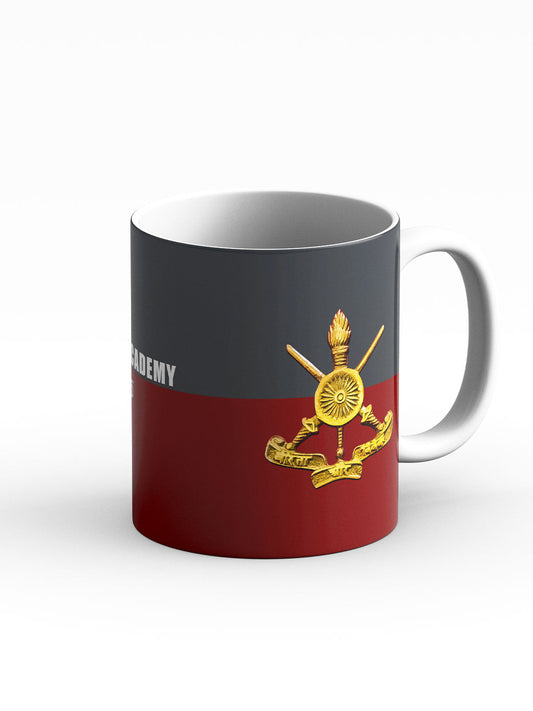
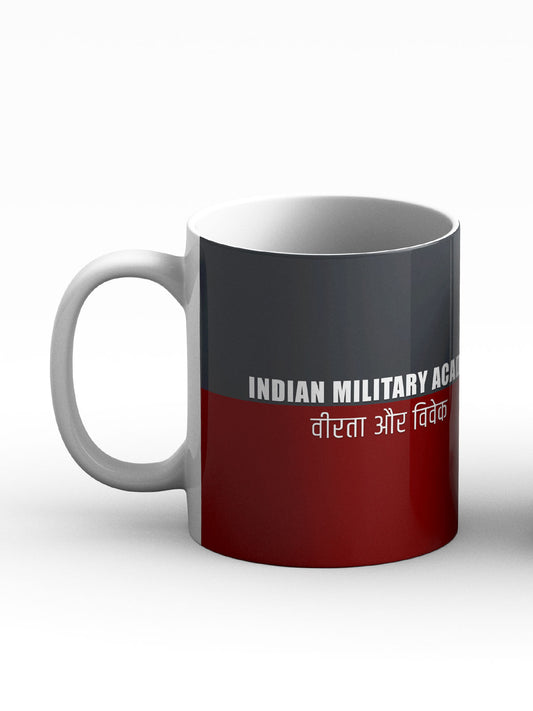
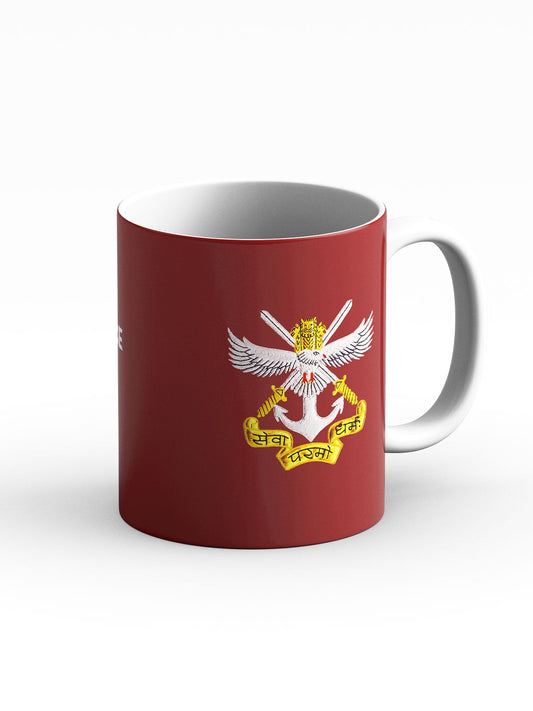
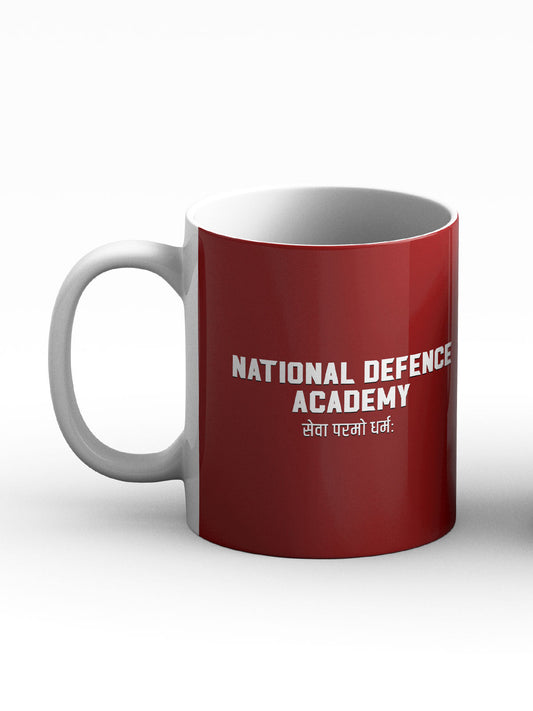

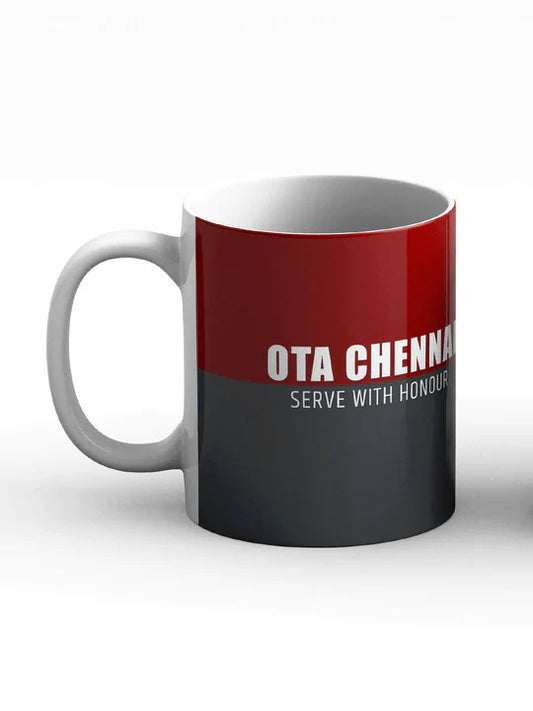
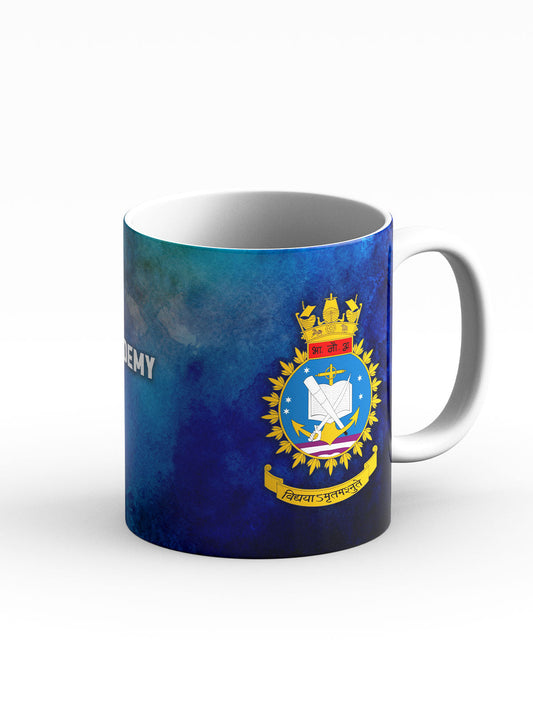
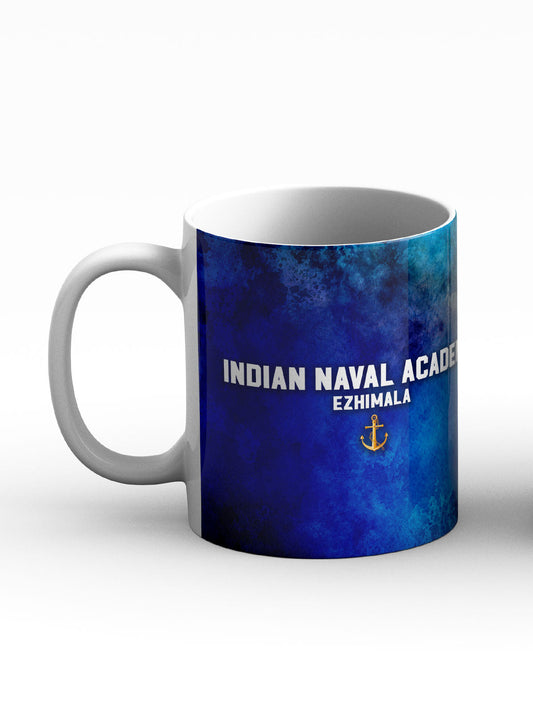

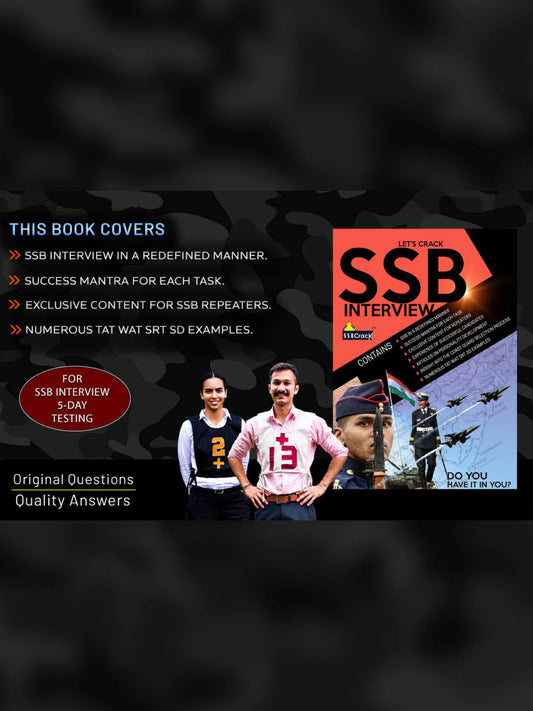
![Let's Crack SSB Interview Book [Paperback]](http://shop.ssbcrack.com/cdn/shop/files/ssb-books.webp?v=1736351621&width=533)
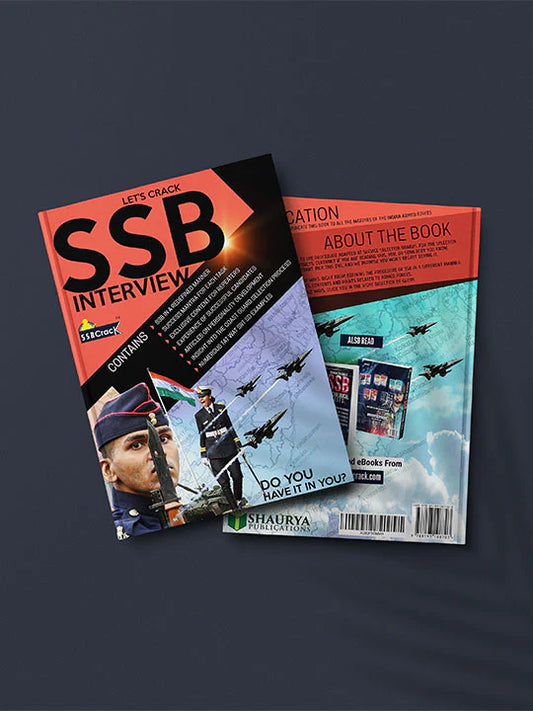
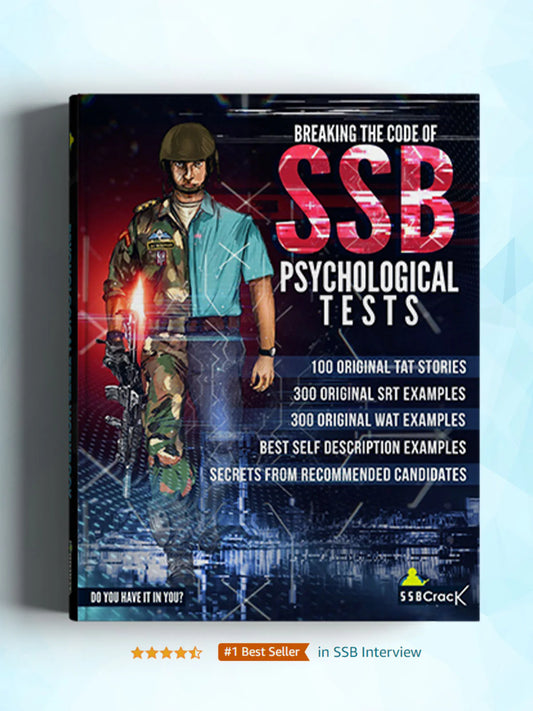

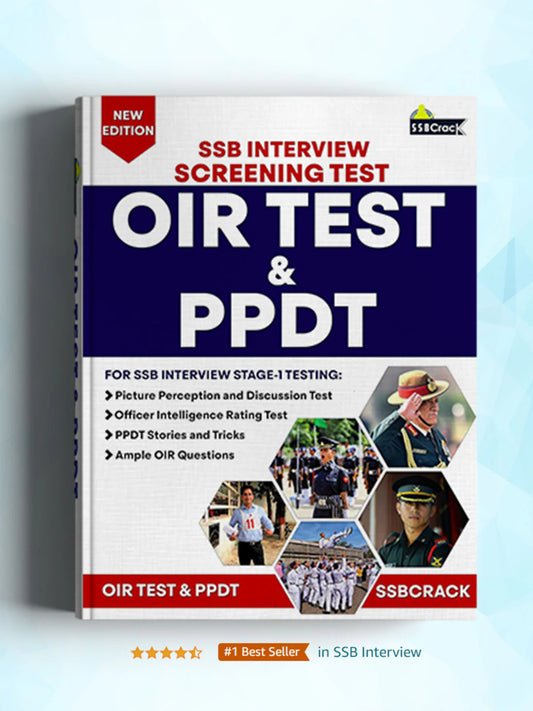
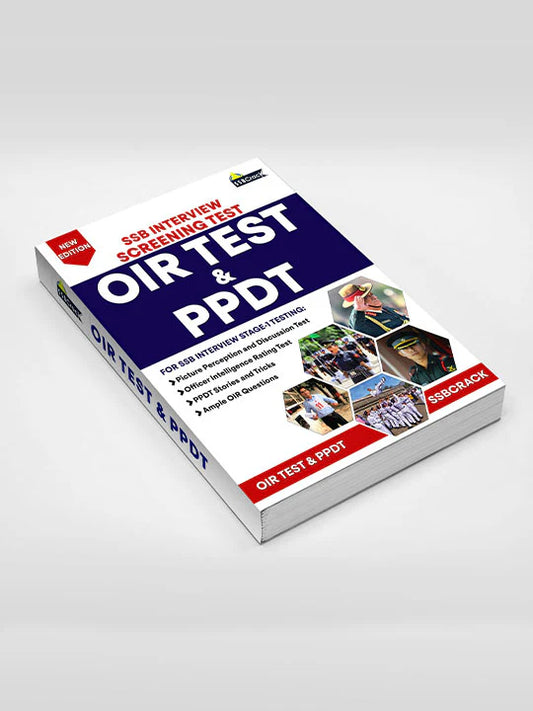

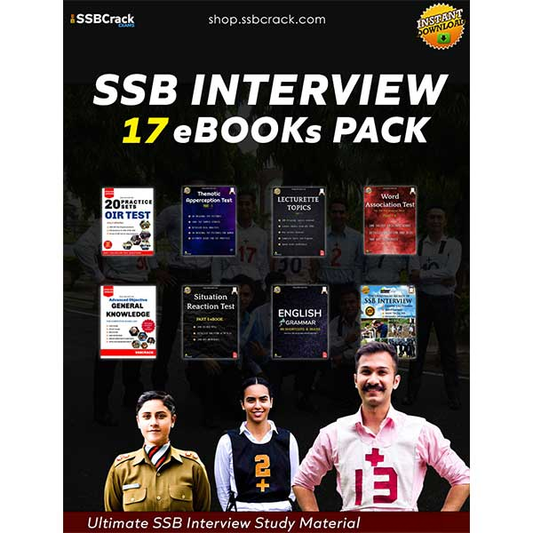
![Thematic Apperception Test (TAT) Part 1 eBook [100+ Stories]](http://shop.ssbcrack.com/cdn/shop/files/TAT-ebook-part-1-ssbcrack_051ae49c-43ea-4eb4-95c7-0fa0bfa2a639.jpg?v=1735540406&width=533)
